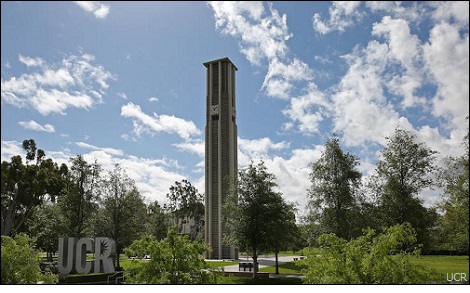
|
|

|
|
| April 20, 2024 |
|
Southland undergoing abrupt shift in atmospheric chemical processes 
RIVERSIDE Ė (INT) Ė In this era of COVID-19, staying at home is reducing emissions of nitrogen oxides, or NOx, which impacts the amount of air pollution. One UC Riverside air quality researcher thinks thatís both good news and bad news.
Cesunica Ivey, an assistant professor of chemical and environmental engineering at UC Riverside, studies how air pollution exposure varies over time for residents across inland Southern California. She is currently leading a collaborative study on the effects of meteorology and climate on ozone and fine particulate pollution in the South Coast Air Basin. When comparing hourly averaged nitrogen dioxide levels in Los Angeles and San Bernardino on weekdays in March 2020, hourly maximums decreased sharply the week following the governorís March 19th stay-at-home order. The most significant changes occur in evening and nighttime nitrogen dioxide levels, which have decreased by more than 50% in some cases. Los Angeles and San Bernardino show similar decreases, indicating less NOx throughout the entire basin. However, the news isnít all good. Daytime ozone levels are usually higher in the Inland Empire than in coastal regions, which is typical of the locations downwind of Los Angeles. Now, the reduction in evening NOx has brought higher levels of nighttime ozone, too. Ozone makes air quality worse and can exacerbate respiratory conditions. Ozone is a gas that forms as pollutants from fossil fuel combustion, such as NOx, react with other molecules in the air. In theory, less NOx should lead to less ozone. The real chemistry is far more complex. NOx can both produce and consume ozone. The chemical reactions that extinguish ozone occur mostly at night. Without the Inland Empireís fresh afternoon and evening rush hour emissions, these reactions are not clearing ozone from the air at the rate seen before the shutdown. The shutdown has led to a more pronounced nighttime ozone effect in places like San Bernardino, which is already disproportionately burdened by local air pollution sources. While recent data are preliminary, the most recent measurements point to an abrupt shift in atmospheric chemical processes in the South Coast Air Basin as a result of the shutdown. Story Date: April 5, 2020
|